42 four zones of a lake
Lake | Classification of Lakes (types of lakes) - PMF IAS A lake is a body of water of considerable size, localized in a basin, that is surrounded by land apart from a river or other outlet that serves to feed or drain the lake. Lakes lie on land and are not part of the ocean, and therefore are distinct from lagoons, and are also larger and deeper than ponds. Natural lakes are generally found in ... LAKES AND OCEANS: THEIR LIFE ZONES - Follow Green Living Three different life zones have been identified based on the abiotic environmental variables and they are named as: Littoral zone Pelagic zone Benthic zone The littoral zone is the shallow region of a water body, where water meets land. It has the greatest diversity in the lake. A high diversity of plants is present in this zone.
3 Major Zones of a Freshwater Lake (With Diagram) - Biology Discussion Lentic waters are generally divided into three zones or sub-habitats: littoral, limnetic, and pro-fundal. A small pond may consist entirely of littoral zone. However, a deep lake with an abruptly sloping basin may possess an extremely reduced littoral zone. Lake Zonation: ADVERTISEMENTS:

Four zones of a lake
Littoral Zone - Lake Ecosystems - Climate Policy Watcher The littoral zone of a lake is the nearshore interface between the terrestrial ecosystem and the deeper pelagic zone of the lake. It is the area where at least one percent of the photosynthetically active light (400-700 nm) entering the water reaches the sediment, allowing primary producers (macrophytes and algae) to flourish. What type of food is eaten in each zone of a lake? - Answers See answer (1) Best Answer Copy In the littoral Zone its Sea weed, Limnetic Zone is Bitts of Chloropholic Plants, Euphotic Zone its clams or shrips that flote around. & Benthic Zone you find Pizza,... Marine Zones ~ MarineBio Conservation Society Beaches or strands are geological formations made up of loose rock like sand, shingle, or cobble and are located along the shore of a body of water. In
Four zones of a lake. Lake stratification - Wikipedia The arrow is used to show the movement of wind over the surface of the water which initiates the turnover in the epilimnion and the hypolimnion. Lake zones Littoral zone Limnetic zone Profundal zone Benthic zone Lake stratification Epilimnion Metalimnion Hypolimnion Destratification Lake types Holomictic lake Monomictic lake Dimictic lake Oceanic Zones - The Science Site The four major zones are intertidal zone, neritic zone, open ocean zone and benthic zone. These zones contain the largest ecosystem on Earth. Major zones in the oceans. Intertidal zone. The intertidal zone is the area of the seafloor between high tide and low tide. It bridges the gap between land and water. Lakes and Reservoirs | U.S. Geological Survey A reservoir is the same thing as a lake in many peoples' minds. But, in fact, a reservoir is a manmade lake that is created when a dam is built on a river. River water backs up behind the dam creating a reservoir. Sources/Usage: Some content may have restrictions. Visit Media to see details. The Four Essential Zones of a Healthcare Data Lake Data lakes are divided into four zones (Figure 2). Organizations may label these zones differently according to individual or industry preference, but their functions are essentially the same. Figure 2: Data lake zones. The Raw Data Zone In the raw zone data is moved in its native format, without transformation or binding to any business rules.
Pond & Lake Zone Identification | Kasco Marine These zones consist of the Littoral Zone, Limnetic Zone, Profundal Zone, Euphotic Zone, and Benthic Zone. Littoral Zone This zone is the shore area of the lake or pond. It consists of the area from dry land that slopes into the open water and can be very narrow or very wide. What Are The Four Main Zones Of The Ocean? - Thenicee The demersal zone is a part of the water column near the seabed and the benthos. This type of zone is above the benthic zone. Demersal zone forms a layer of a large weak area. 2. Hydrothermal Vents This type of zone is an intersection on the seafloor. Geothermal hot water is discharged from hydrothermal vents. APES Chapter 7-8 Test Review Flashcards | Quizlet List and compare the four zones of a lake. The topmost zone in a lake is the littoral zone, which is the area near the shore. This zone is the most productive since it gets abundant energy from sunlight and absorbs nutrients from land run-off. The limnetic zone is the sunlit part of the lake surrounded by the littoral zone. The Ocean Zones - WorldAtlas The twilight zone or the mesopelagic zone begins at 200 meters and extends downward to 1,000 meters, making up approximately 20% percent of the ocean's total depth. It is generally a very dim region, but it does receive a sliver of sunlight at the midday point which is enough for photosynthesis to occur. The twilight zone actually plays a ...
Draw a diagram of a lake system, labeling the five different zones ... Draw a diagram of a lake system, labeling the five different zones. Draw examples of the four different types of organisms in the diagram: plankton, nekton, benthos, and decomposers. for the diagram should the organisms be in there certain part of the environment, or just anywhere? anywhere ok Advertisement Limnology - Ernet A typical lake has three distinct zones (limnetic, littoral and the benthic zone; Fig. 11) of biological communities linked to its physical structure. The littoral zone is the near shore area where sunlight penetrates all the way to the sediment and allows aquatic plants (macrophytes) to grow. Four Major Oceanic Zones - Kids Fun Science The vertical zones in the ocean include the epipelagic, mesopelagic and bathypelagic zones. The zones are based on the amount of light that penetrates the ocean waters. Epipelagic zone. The epipelagic zone is also called the sunlit zone because it receives enough sunlight to support photosynthesis. Temperature of the water ranges from 40 ... What Are The Three Zones Of A Lake - Realonomics Limnology divides lakes into three three distinct zones (limnetic littoral and the benthic zone Fig.). 1. The littoral zone is the near shore area where sunlight penetrates all the way to the sediment and allows aquatic plants (macrophytes) to grow. What 3 zones make up a lake? Limnology divides lakes into three zones: the littoral zone
The Four Essential Zones of a Healthcare Data Lake - SlideShare To avoid turning the data lake into a black lagoon, it should feature four specific zones that optimize the analytics experience for multiple user groups: 1. Raw data zone. 2. Refined data zone. 3. Trusted data zone. 4. Sandbox data zone.
The World's Biomes: Aquatic - University of California Museum of ... The topmost zone near the shore of a lake or pond is the littoral zone. This zone is the warmest since it is shallow and can absorb more of the Sun's heat. ... All four zones have a great diversity of species. Some say that the ocean contains the richest diversity of species even though it contains fewer species than there are on land.
Zones in a Data Lake — SQL Chick Zones in a Data Lake. December 30, 2017. As we are approaching the end of 2017, many people have resolutions or goals for the new year. How about a goal to get organized...in your data lake? The most important aspect of organizing a data lake is optimal data retrieval. It all starts with the zones of your data lake, as shown in the following ...
Zones Found in Freshwater Lakes | Actforlibraries.org Zones found in freshwater lakes include the littoral, limnetic, profundal and benthic zones. Littoral zone The topmost zone in a lake is the littoral zone, which is the area near the shore. This zone is the most productive since it gets abundant energy from sunlight and absorbs nutrients from land run-off.
Science - Lake ecosystem: Lake zones - Binogi So, the four zones of a lake are: the nearshore or littoral zone, open water or limnetic zone, deep water or profundal zone, the benthic zone or lake floor. The different conditions, such as the amount of light, food, and oxygen in each of the lake zones, affect what kind of organisms live there.
Ecological Zonation in Lakes - Lake Ecosystems - Climate Policy Watcher Table 1 Summary of the four major zonation systems for lakes Zonation Temporal Description variability Horizontal Stable Pelagic zone Littoral zone Vertical Stable Water column Lacustrine sediments Benthic zone Vertical Seasonal Epilimnion (mixed layer) Metalimnion Hypolimnion Vertical Dynamic Euphotic zone Aphotic zone
Lake - Wikipedia A lake is an area filled with water, localized in a basin, surrounded by land, and distinct from any river or other outlet that serves to feed or drain the lake. Lakes lie on land and are not part of the ocean, although, like the much larger oceans, they do form part of the Earth's water cycle.Lakes are distinct from lagoons, which are generally coastal parts of the ocean.
Lake Ecology | Biological - Lake Zones - Water on the Web A typical lake has distinct zones of biological communities linked to the physical structure of the lake (Figure 10). The littoral zone is the near shore area where sunlight penetrates all the way to the sediment and allows aquatic plants ( macrophytes ) to grow. Light levels of about 1% or less of surface values usually define this depth.
Understanding the Four Zones - Michigan Shoreland Stewards MDNR Conservation Guidelines for Michigan Lakes To evaluate a property and specific management practices important to each area this program has divided the shoreland property into four different zones: Upland, Buffer, Shoreline, Lake. The Four Zones The four zones of a shoreland property do not have clear and distinct lines of separation.
Lake Stratification - WorldAtlas These zones divide the body of water into different sections, depending on depth. The four lake zones are littoral, limnetic, profundal, and benthic. The four zones of a lake. Littoral Zone The littoral zone is the term for the shore region of a lake or pond. It includes everything around the shore or bank, from the dry land to the water's edge.
Marine Zones ~ MarineBio Conservation Society Beaches or strands are geological formations made up of loose rock like sand, shingle, or cobble and are located along the shore of a body of water. In
What type of food is eaten in each zone of a lake? - Answers See answer (1) Best Answer Copy In the littoral Zone its Sea weed, Limnetic Zone is Bitts of Chloropholic Plants, Euphotic Zone its clams or shrips that flote around. & Benthic Zone you find Pizza,...
Littoral Zone - Lake Ecosystems - Climate Policy Watcher The littoral zone of a lake is the nearshore interface between the terrestrial ecosystem and the deeper pelagic zone of the lake. It is the area where at least one percent of the photosynthetically active light (400-700 nm) entering the water reaches the sediment, allowing primary producers (macrophytes and algae) to flourish.

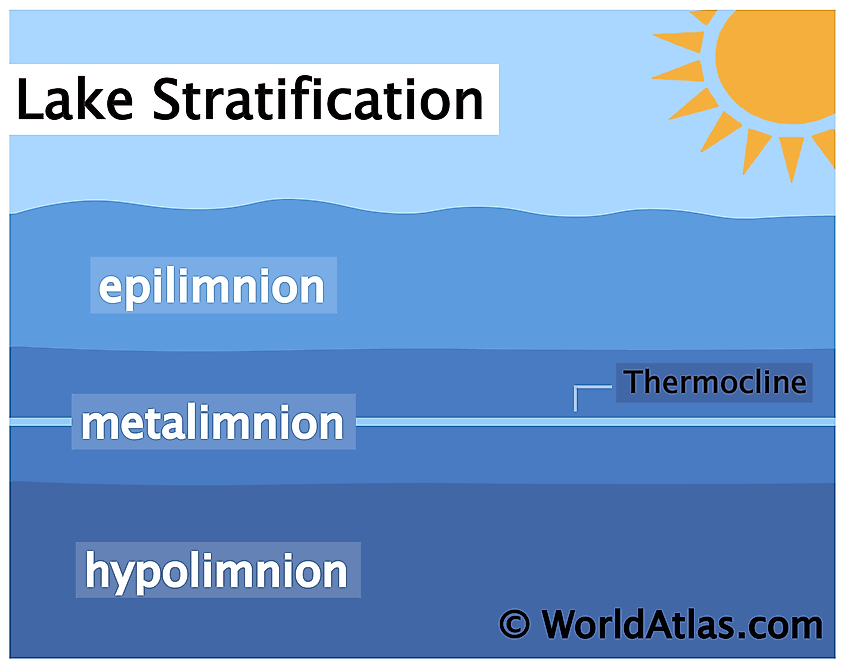


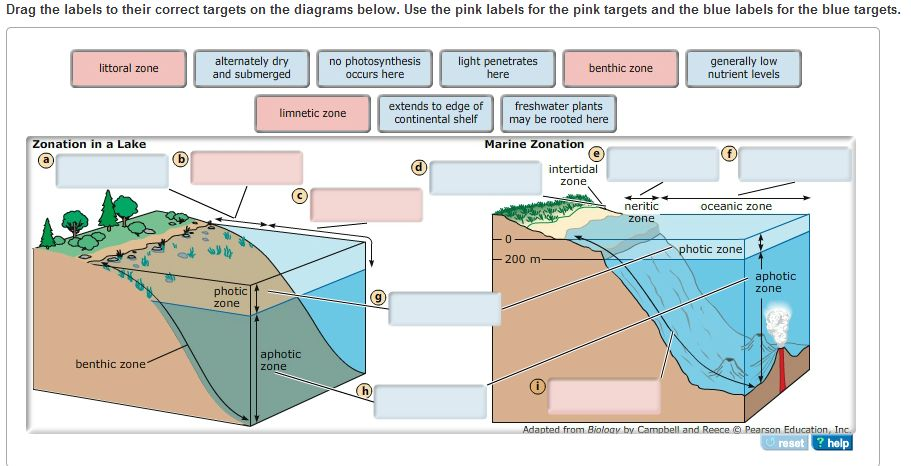

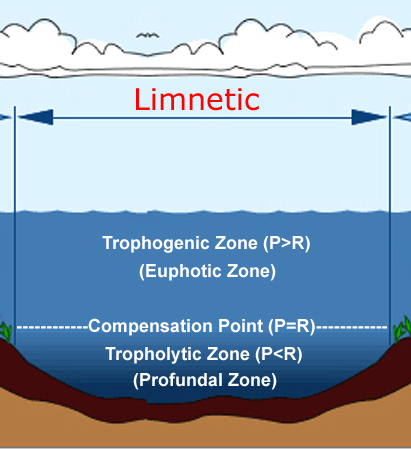

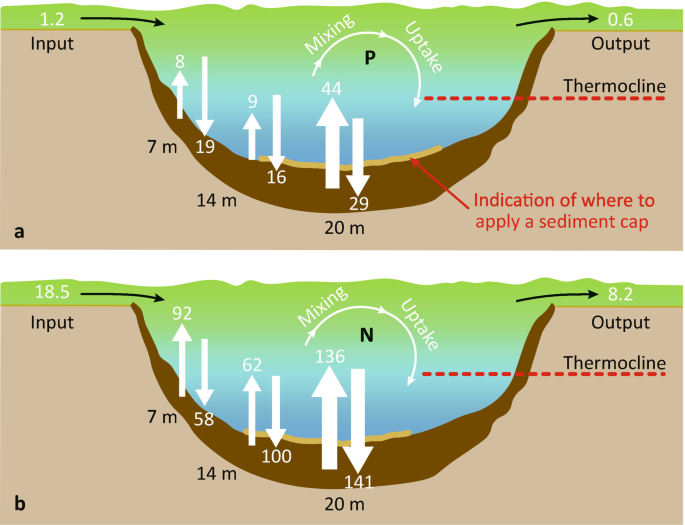





:max_bytes(150000):strip_icc()/ocean_zones-6bbee774031f4612ab10a242272c9348.jpg)




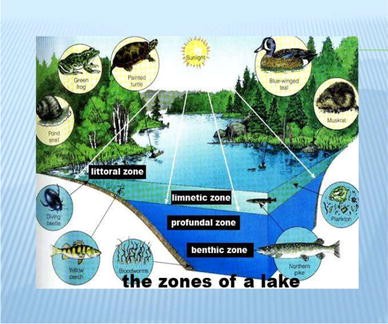

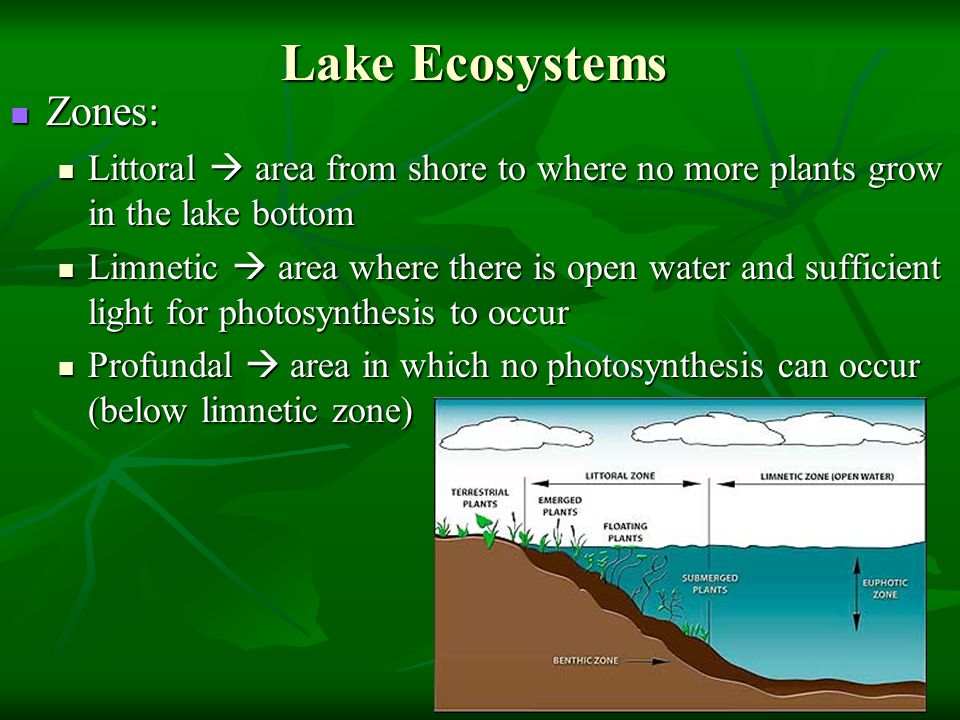




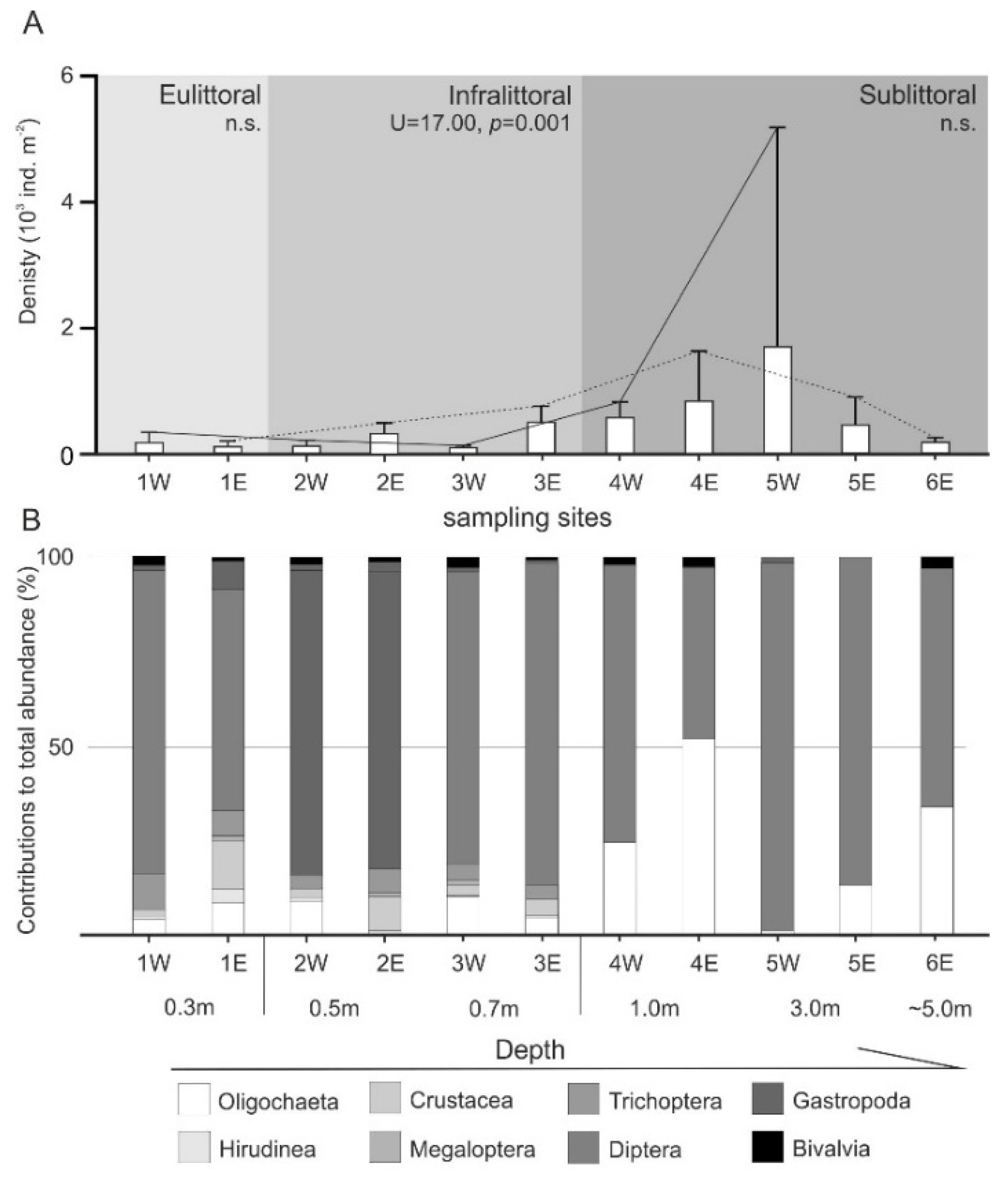

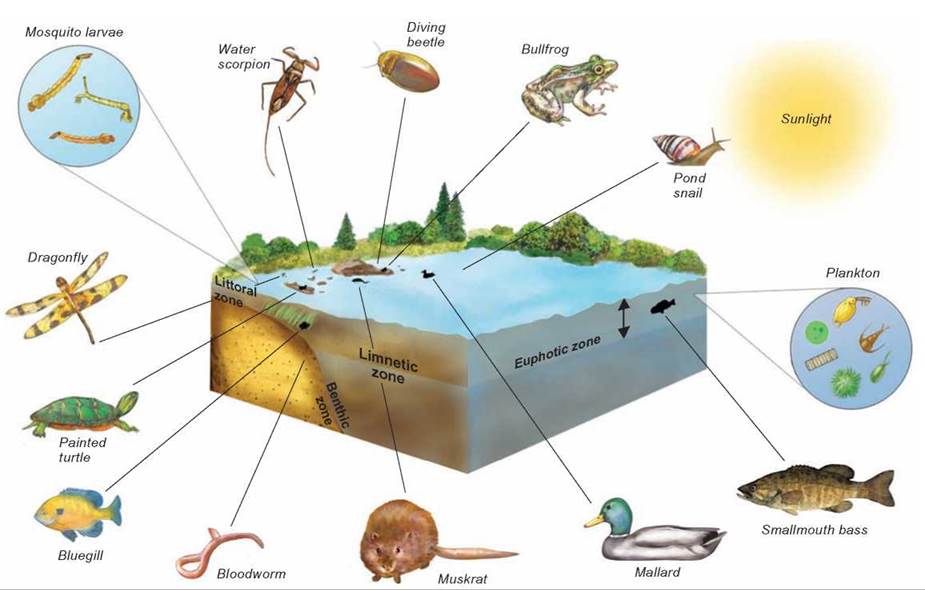




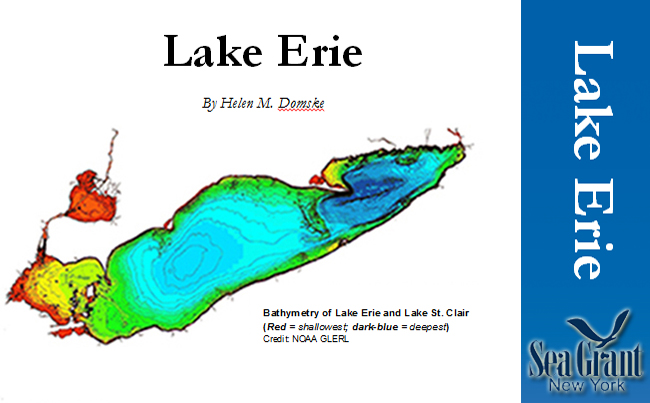
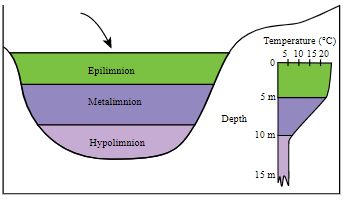
Post a Comment for "42 four zones of a lake"